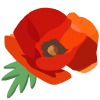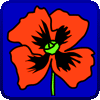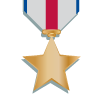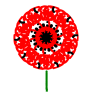Remembrance Day
Oct. 19, 2022
Remembrance Day or Armistice Day is held on the 11th November, originally announced to mark the anniversary of the Armistice that ended fighting with Germany in World War I, Remembrance Day today gives us all the opportunity to acknowledge the service personnel who died while serving in wars, conflicts, and peacekeeping operations. Ceremonies are held at War memorials and churches across Australia and overseas.
King George V held the first 2-minute silence on 11 November 1919 and made the request for the silence to be observed so: “thoughts of everyone may be concentrated on reverent remembrance of the glorious dead”.
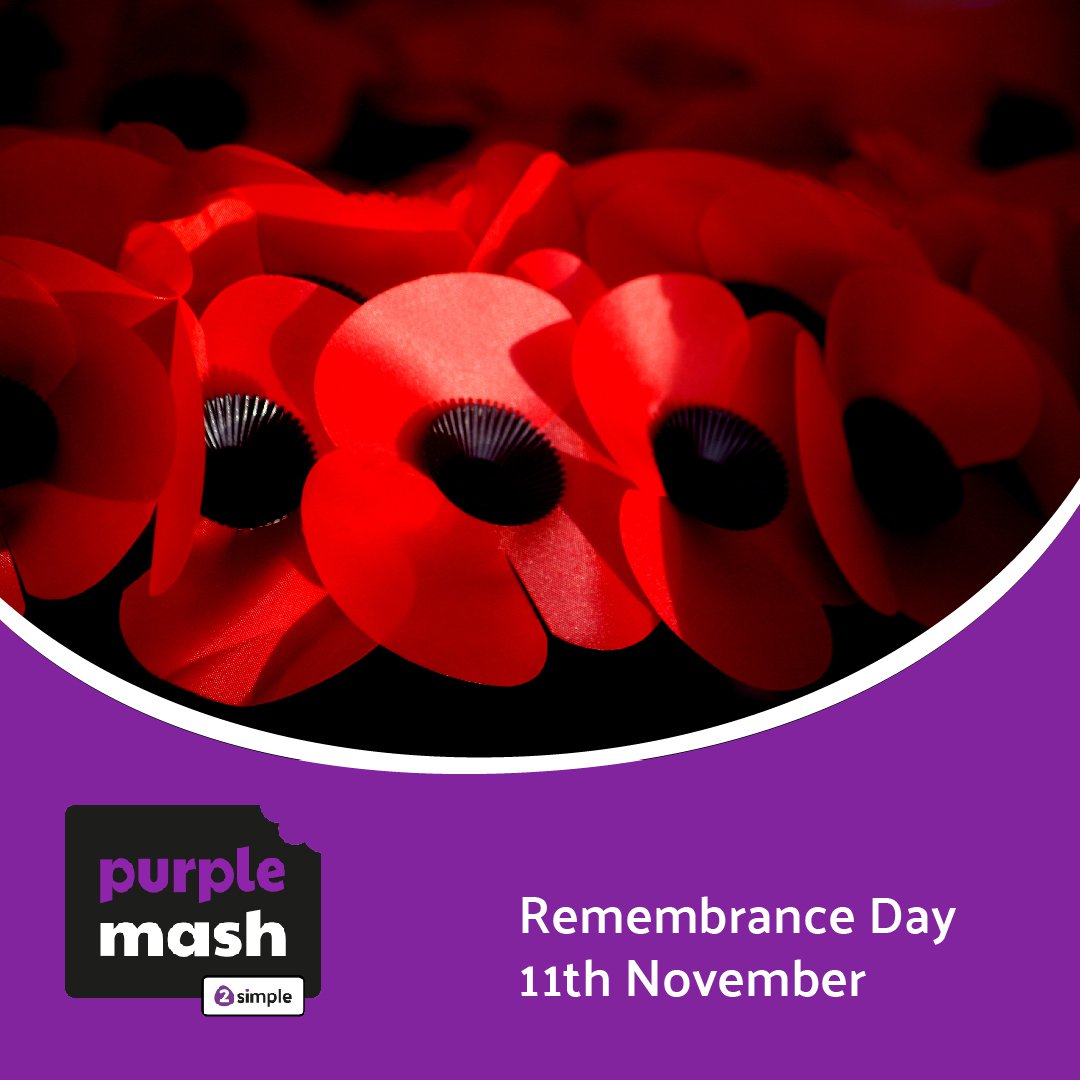
Purple Mash resources
We have put together a folder of resources within Purple Mash that schools can use in the run up to Remembrance Day. These include a range of writing and paint projects.
Writing Projects
Children could either write an information text, or design a poster to explain what happens on Remembrance Day. Many soldiers wear their medals on Remembrance Day, while family members can also wear their relative’s medals to remember acts of bravery. Children could design a medal for Remembrance Day as well as talking to family members about Remembrance and documenting their own stories.
Writing a letter to a person remembered on the day would help children describe their thoughts about the sacrifices made. Remembrance Day is of course a global event and is marked in different ways across the world. Using this exercise, children can write about how other countries commemorate those who have died in conflict.
Paint Projects
Using our paint projects children could draw a Poppy for Remembrance Day and use our Poppy pattern tool from 2Paint a Picture to design a field of poppies pattern. There’s also an iconic World War II plane to paint any way children choose.
It is interesting to know that while poppies and the minute's silence may be the best-known Remembrance Day traditions they are not the only customs carried out on 11 November. RSL's blog, Remember to Remember explains more about the poppy in its post REMEMBRANCE DAY: WHY WE REMEMBER ON 11 NOVEMBER
"The red poppy is equally as significant to Remembrance Day. Known as the ‘Flower of Remembrance’, the red poppies were among the first to flower in the battlefields of northern France and Belgium after the conflict ended. The vivid red bloom was adopted in England in 1919 as an emblem to honour the dead and help the living, and Australia followed in 1921. Today, poppies are worn on Remembrance Day – on the left lapel – in memory of those who served and made the ultimate sacrifice, and to recognise their acts of gallantry.
Other traditions commonly seen on 11 November include wearing a sprig of rosemary as a sign of remembrance and loyalty, and flying flags at half-mast from 10:30-11:03am."
More resources
Students could also use 2Publish Plus to research and write about the impact of the wars on their local community, including writing about their local war memorial. Or use 2Animate to produce an animation for Remembrance, combining poetry and graphics.
BBC Teach website has a collection of teaching resources about Remembrance and the history of World War One and War Word Two for use with both primary and secondary school classes.
‘They shall grow not old, as we that are left grow old: Age shall not weary them, nor the years condemn. At the going down of the sun and in the morning, we will remember them.’
All of these activities are available to Purple Mash subscribers. If you don’t have a licence, you can experience everything that Purple Mash has to offer with a 14-day free trial. Register your free trial here.
Whatever you do to mark Remembrance Day you can share your examples via our Twitter or Facebook pages.
